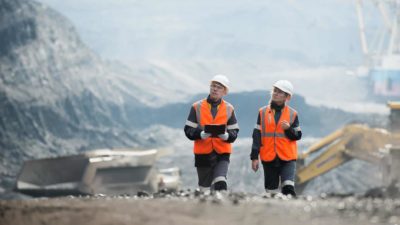The Pilbara Minerals Ltd (ASX: PLS) share price is among the S&P/ASX 200 Index (ASX: XJO)'s biggest success stories of this year so far.
The lithium producer's stock has gained a whopping 55% year to date, outperforming the index by more than 60% in that time. Right now, the Pilbara Minerals share price has edged lower to $5.40 after hitting an intraday high of $5.60 earlier today.
With such a meteoric rise under its belt, market watchers might be forgiven for thinking they've missed the boat.
But one fundie disagrees. Let's take a closer look at what Kardinia Capital portfolio manager Kristiaan Rehder likes about the lithium giant.
Is the Pilbara Minerals share price still cheap?
Rehder has picked Pilbara Minerals shares as a future winner, writing via Livewire that the stock offers "high-quality exposure to the green energy transition" and "attractive multiples".
The company operates the Pilgangoora Project and a portfolio of exploration projects, all of which are located in Western Australia.
Its earnings have surged this year alongside lithium prices.
Pilbara Minerals posted its maiden profit in August, coming in at nearly $562 million. More recently, the company revealed its cash balance jumped $783.7 million over the first quarter of the 2023 financial year.
Rehder writes:
The company now sits on a cash balance of $1.4 billion and appears fully funded for all announced growth plans, which include spodumene plant expansions and a downstream joint venture with POSCO in South Korea to produce higher margin lithium hydroxide product.
Additionally, the fundie noted Pilbara Minerals shares still look notably cheap.
The stock trades with a price-to-earnings (P/E) ratio of around 8 times the forecasted financial year 2023 earnings. And that's considering its whopping year-to-date gains.
That measure was explored by my Fool colleague Tristan last week. As he reported, the ratio does indeed make the Pilbara Minerals share price appear extraordinarily cheap.
However, its earnings are almost entirely dependent on the price of lithium. Thus, a fall in the battery-making material's value would likely dent its bottom line and, in turn, its valuation.









